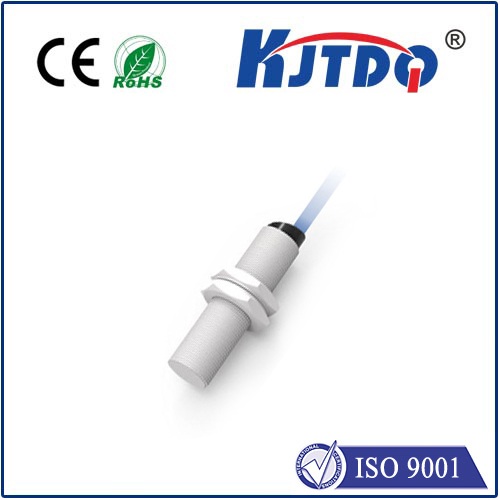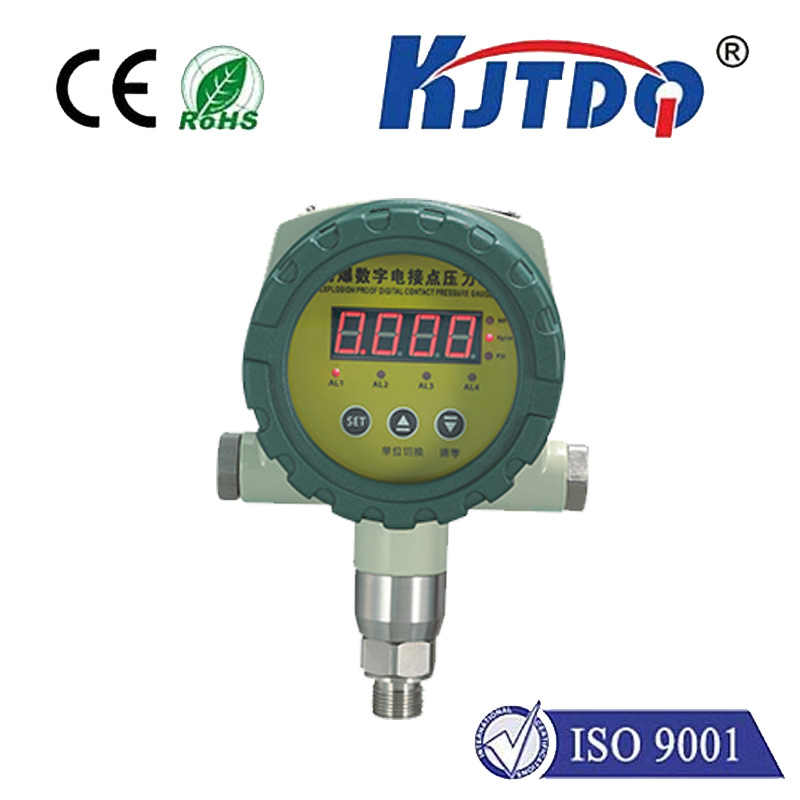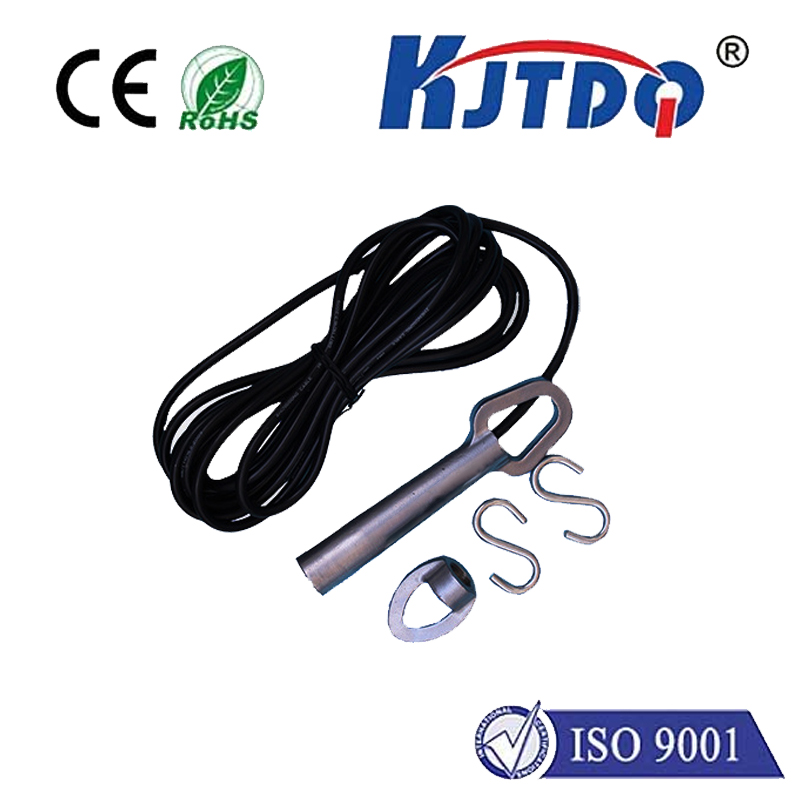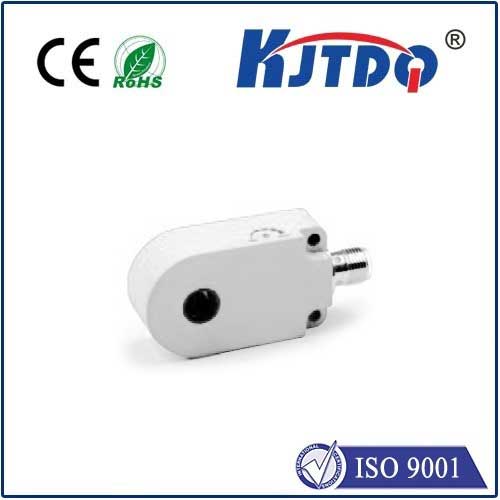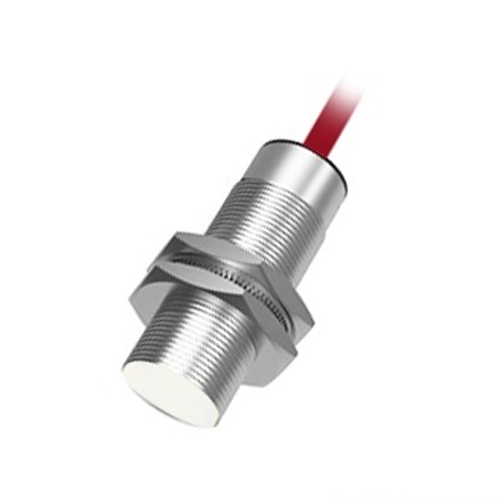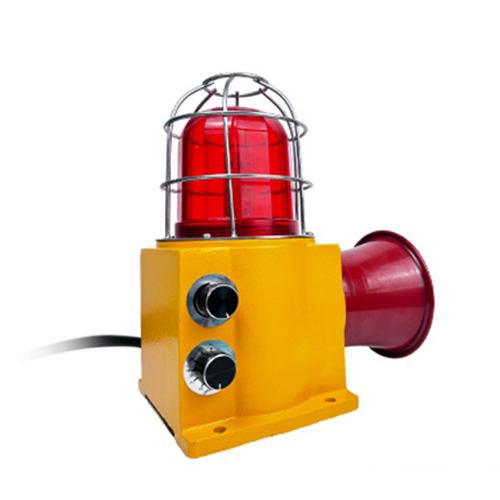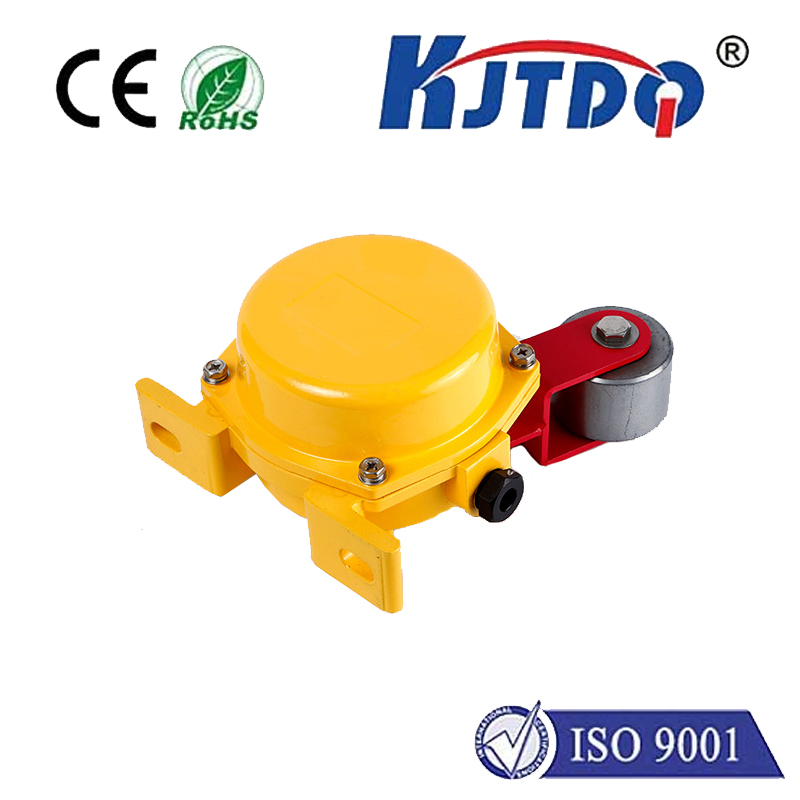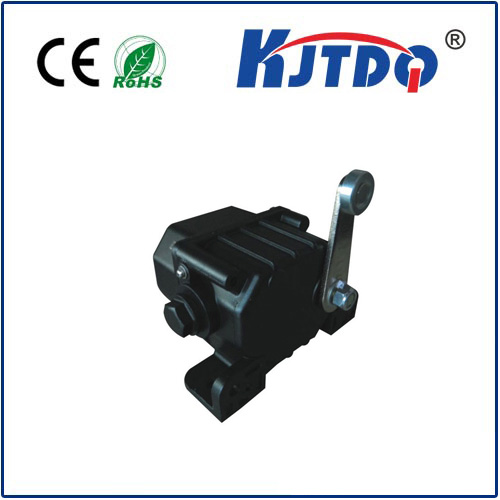

check

check

check

check
Tired of fumbling with cumbersome tape measures across vast rooms, struggling to get accurate diagonals, or risking safety for hard-to-reach measurements? Imagine pointing a compact device, pressing a button, and instantly knowing the exact distance – down to the millimeter. This isn’t science fiction; it’s the everyday reality powered by laser distance meter sensors. These ingenious tools have transformed industries and DIY projects alike, replacing archaic methods with unmatched speed, accuracy, and convenience. Understanding how they work and where they excel reveals why they’ve become indispensable for modern professionals.
The Core Principle: Light Speed = Precision
At their heart, laser distance meter sensors rely on one fundamental constant: the speed of light. They operate primarily using one of two sophisticated methods:
Time-of-Flight (ToF): This is the most common principle in modern handheld devices. The sensor emits a concentrated, highly focused laser pulse towards the target. This pulse travels at the speed of light, hits the target, and reflects back to a receiver within the sensor. An incredibly precise internal clock measures the exact time it takes for the pulse to complete this round trip. Since the speed of light is constant (approximately 300,000 km per second), the device simply calculates the distance using the formula: Distance = (Speed of Light × Time of Flight) / 2 (divided by 2 because the light travels to the target AND back). Modern electronics enable these time measurements to be extraordinarily accurate, leading to high-precision distance readings.
Phase-Shift Measurement: Often used in highly precise surveying instruments or specific sensor applications, this method involves emitting a continuous laser beam that’s modulated (its intensity varies in a wave pattern). The sensor compares the phase (the stage of the wave cycle) of the emitted beam with the phase of the beam reflected back. The difference in phase (the phase shift) is directly proportional to the distance the light has traveled. While potentially offering even higher accuracy than basic ToF, especially over longer ranges, it typically involves more complex electronics.

Why Choose Laser? Key Advantages Over Traditional Methods
The shift from tapes, wheels, and ultrasonic sensors to laser distance technology isn’t just trendy; it offers tangible, significant benefits:
Where Precision Matters Most: Diverse Applications
The versatility of laser distance meter sensors has led to their adoption across numerous fields:
Beyond the Handheld: Sensor Integration
While handheld laser distance meters are the most visible form, the core sensor technology is equally important integrated into other systems. Industrial laser distance sensors are compact modules designed for embedding into machinery or automation platforms. They provide continuous, real-time distance measurement feedback crucial for process control, quality assurance, and robotic precision. These sensors often feature ruggedized housings, various output signals (analog, digital, IO-Link), and specialized optics for different industrial challenges.
Choosing the Right Tool: Key Considerations
Not all laser distance meters are identical. When selecting one, consider:
Embracing the Future of Measurement
The development of laser distance meter sensors represents a paradigm shift in how we quantify space. By harnessing the speed of light, these devices deliver a combination of accuracy, speed, and safety that was previously unattainable with traditional tools. From the construction site bustling with activity to the quiet precision of an automated assembly line, and even the weekend DIY project, laser distance measurement technology has proven its immense value. It empowers professionals and enthusiasts alike to measure smarter, faster, and more reliably than ever before. As the technology continues to evolve, becoming more compact, feature-rich, and affordable, its integration into our workflows and tools is only set to deepen.
